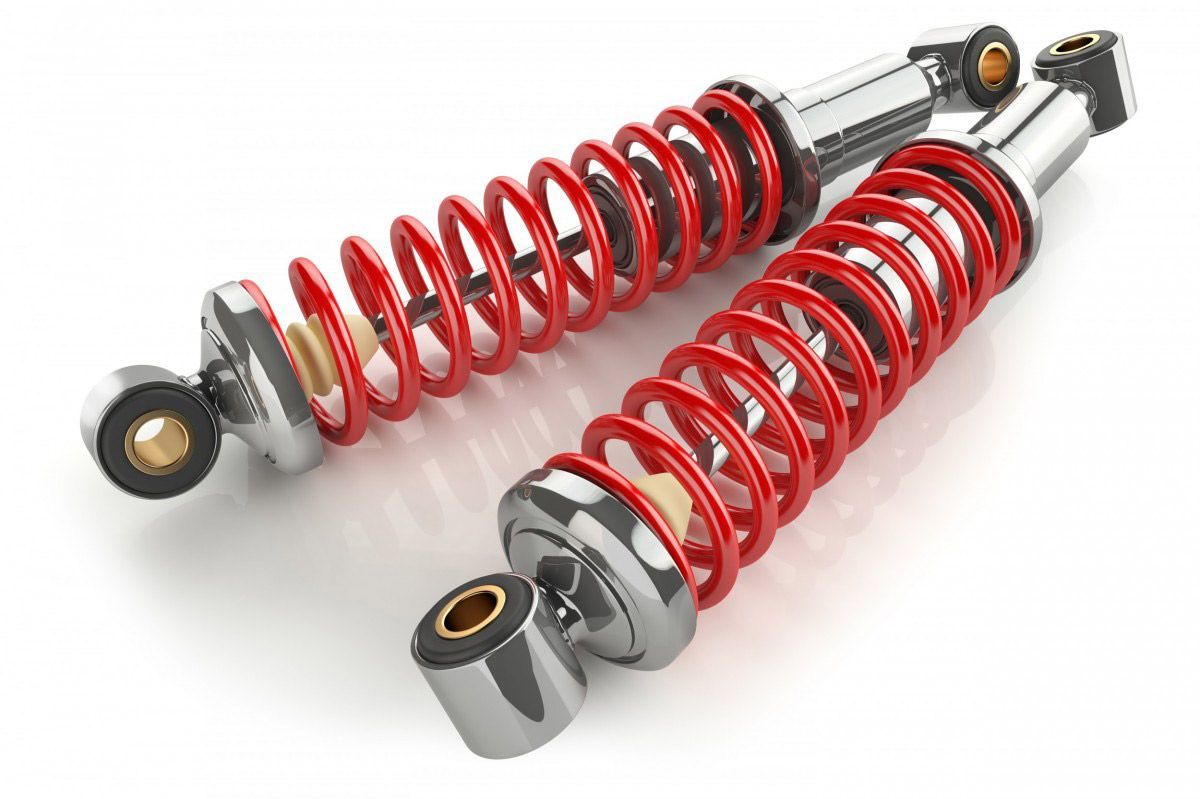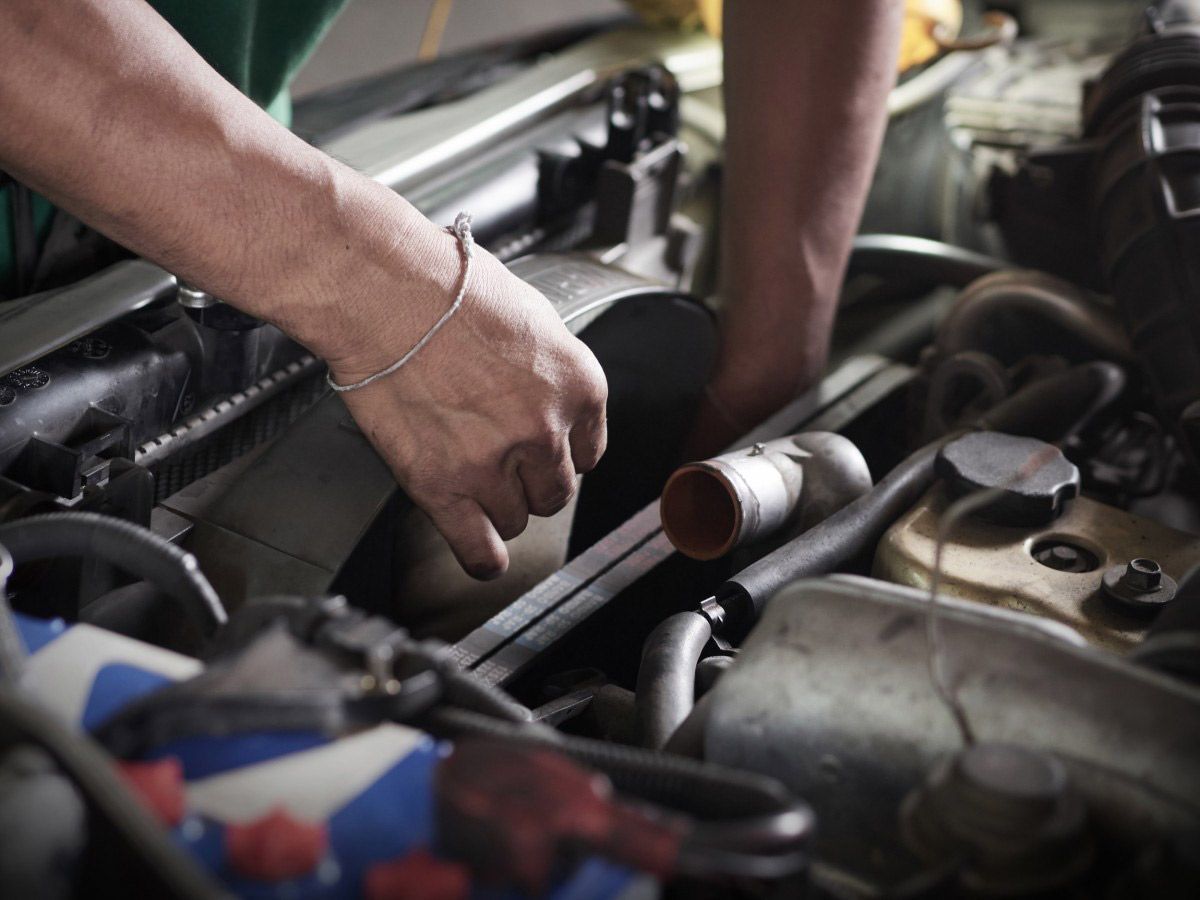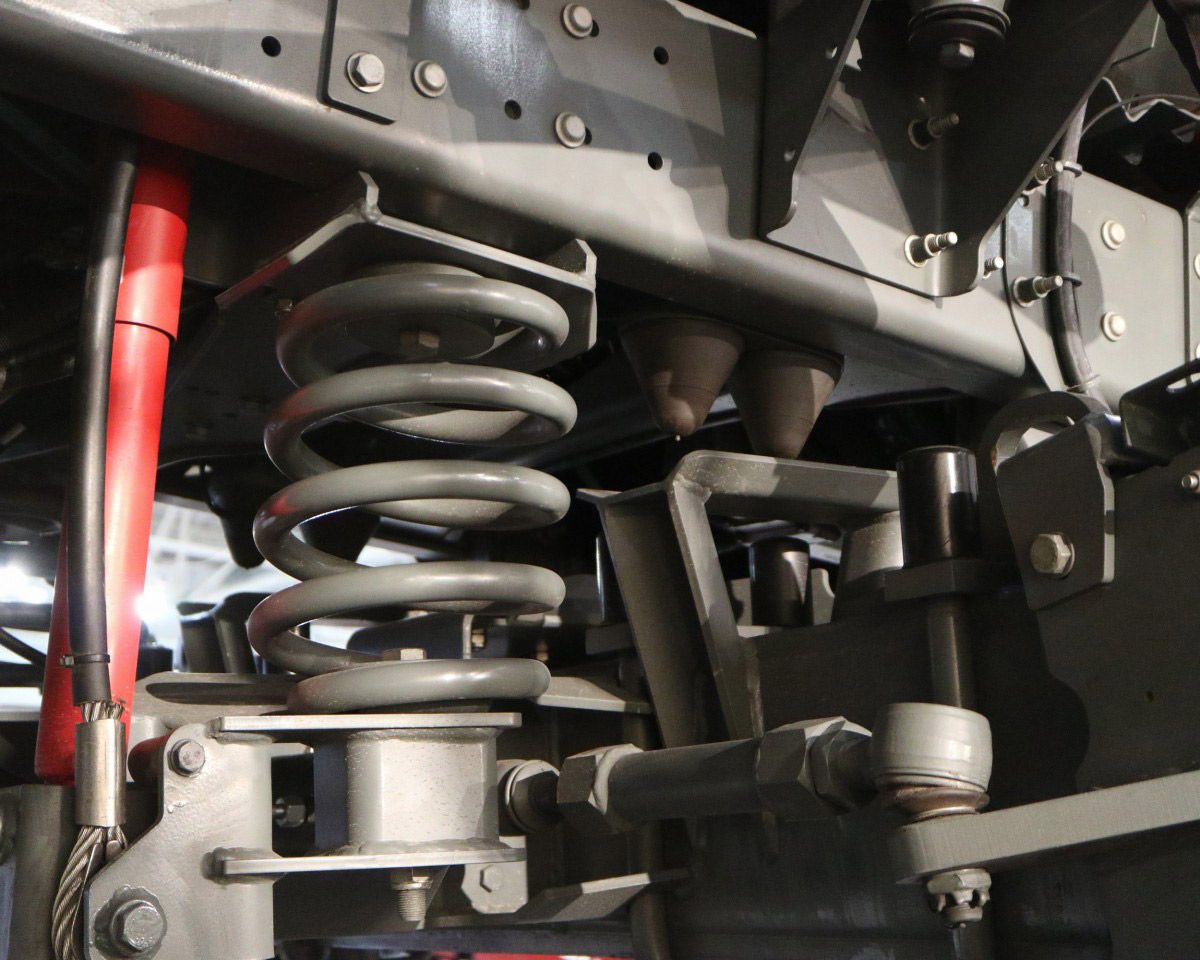A Key Safety Feature of Your Vehicle
A Key Safety Feature of Your Vehicle

Did you know that airbags weren't mandatory safety equipment in passenger vehicles until 1997? Now, you'll find them in well over 100 million cars and trucks on the road. Since their invention, airbags, along with the seat belt, have played a major role in reducing the number of injuries and deaths in traffic collisions.
By design, airbags need to inflate at a speed of up to 200 mph to catch your body in time to protect it from injury. There are two types: the primary front airbags that emerge from the steering wheel and dashboard and the various side-impact airbags that cradle the body during non-head-on collisions. Both will deploy almost instantly in the event of an accident to act as a buffer between the hard metals and plastics that make up your vehicle and the vehicle’s occupants.
While the rapid deployment is fast enough to slow your momentum, it also means that, for a very brief few hundredths of a second, the airbag is going to collide with anything in its way. If you’re not careful, the thing that is supposed to ward off injuries can also be the cause of one.
Here are five ways to reduce airbag incidents and improve your overall safety:
Seat Belts for Safety! - First and foremost, always wear your seat belt. Furthermore, wear it correctly. That means resisting tucking the shoulder strap under your arm or around your back. When you’re in an accident, the seat belt tensioners hold your upper body in place, keeping you from traveling too close to the airbag’s trajectory.
Tilt Appropriately - If you’re lucky enough to have a tilting steering wheel for added driver comfort, make sure its center is pointed at your chest instead of your head. The airbag should support your chest and shoulders, distributing the impact evenly, not deliver an uppercut to the chin.
Stay Away from the Steering Wheel - We recommend sitting at least 10 inches from the steering wheel and dashboard. An airbag inflates in just 1/25th of a second – faster than a blink of an eye – and an injury can be caused by your body meeting the airbag prematurely. The further you are from the site of deployment, the less likely your face or body will meet the airbag during its inflation.
Remember Those Driving Lessons - The driver’s side airbag is located in the steering wheel on modern vehicles. While driving, you want to keep your hands out of the airbag’s way, otherwise, the airbag will take your limbs along with it as it deploys. Placing your hands at 10 and 2 and keeping your thumbs unhooked from the steering wheel will reduce the chance of your extremities getting caught in the line of fire.
Kids in the Back - Saving the most important for last, we recommend (and many states require) seating your children in the back seat if they’re under 12 years of age. In the majority of accidents, the back seat – whether there’s a front passenger airbag or not – is the safest place to be.
At The Brake Shop in Mesa, AZ, your safety is our top priority! Our job keeps you on the road and we hope that once you're there you travel it safely.
Loading ...
Missing business hours data / Error occurred while getting the data.
Our Location
Having Trouble Finding Us?
Loading ...
Missing nap lines data / Error occured while getting the data.










